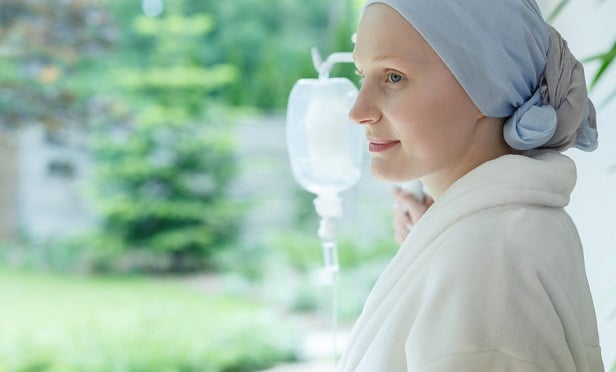 The status-quo health care supply chain is pretty straightforward: Patients go in for a consultation, visit a specialist, get treated, attend follow-up appointments, and get a post-care referral. (Photo: Getty Images)
The status-quo health care supply chain is pretty straightforward: Patients go in for a consultation, visit a specialist, get treated, attend follow-up appointments, and get a post-care referral. (Photo: Getty Images)Health care plans are consistently rising in cost while decreasing in quality, and businesses and workers alike are feeling the impact. Benefits advisors are looking for ways to combat this trend, and one of the most effective ways they can do so is by managing the health care supply chain.
The concept of a supply chain is present in virtually every industry, but it's often ignored in health care. The overall idea is the same, but instead of focusing on sourcing, production, storage, and transportation of goods, the health care supply chain centers around the choices involved in the diagnosis, treatment, and recovery of a patient. By taking control of the health care process from start to finish, your advisor can give your employees better quality care and more options while creating savings for everyone involved.
|Reduced costs for you and your employees
Premiums rise every year, and both you and your employees are stuck paying the hefty price. The Henry J. Kaiser Family Foundation (KFF) revealed some alarming numbers in their 2017 Employer Health Benefits survey:
- The average annual premium is $6,690 for single coverage and $18,764 for family coverage.
- Single-coverage costs rose 4 percent and family-coverage costs rose 3 percent from 2016 to 2017.
- The average employee pays $1,213 for single coverage and $5,714 for family coverage every year.
Managing the health care supply chain from beginning to end is a relatively simple way to mitigate these costs. For example, it's commonplace for insurance companies to send patients to hospitals for any type of surgery. But the Society for Human Resource Management (SHRM) reports that knee arthroscopy patients could save almost $1,300 in out-of-pocket costs if they choose to get their procedure done at an outpatient surgery center instead, and if you're self-funding your employees' coverage, you could save up to $5,100 as well.
|Personalized health care options
The status-quo health care supply chain is pretty straightforward: Patients go in for a consultation, visit a specialist, get treated, attend follow-up appointments, and get a post-care referral. While the steps in this process don't vary too drastically on a case-by-case basis, managing the health care supply chain can give you and your employees more options to develop a health care strategy that works best for everyone involved.
Recommended For You
Complete your profile to continue reading and get FREE access to BenefitsPRO, part of your ALM digital membership.
Your access to unlimited BenefitsPRO content isn’t changing.
Once you are an ALM digital member, you’ll receive:
- Breaking benefits news and analysis, on-site and via our newsletters and custom alerts
- Educational webcasts, white papers, and ebooks from industry thought leaders
- Critical converage of the property casualty insurance and financial advisory markets on our other ALM sites, PropertyCasualty360 and ThinkAdvisor
Already have an account? Sign In Now
© 2025 ALM Global, LLC, All Rights Reserved. Request academic re-use from www.copyright.com. All other uses, submit a request to asset-and-logo-licensing@alm.com. For more information visit Asset & Logo Licensing.








